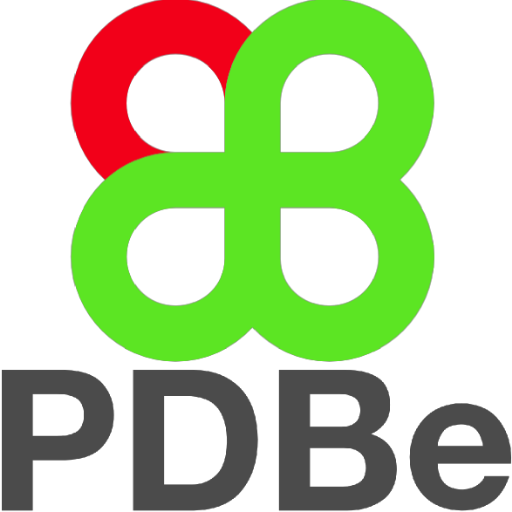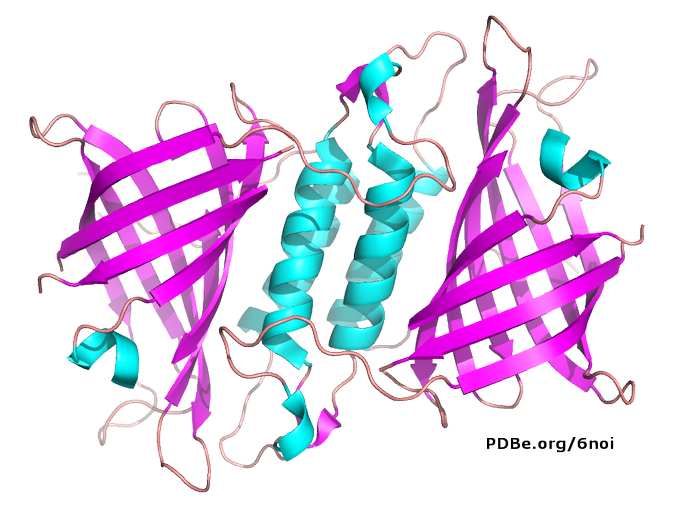The next round of CAPRI is underway, with target 162 opening on Feb 3rd! This community-wide experiment aims to test methods that predict macromolecular interactions. If you want to find out more, visit the CAPRI webpages at https://t.co/Q76Ia77wcH
Happy birthday to Thomas Cech, who won the Nobel prize for his discovery of catalytic RNA. He has 17 entries in the PDB, including this structure of the Tetrahymena ribozyme. View the structure using Mol* at https://t.co/V8gRdHZYle
The November #PDBart from our calendar is focused on toxins from a surprisingly dangerous sea creature. Read more about it at https://t.co/LqB2M8kdfE
Pranlukast, a drug for treating asthma arrives in the PDB today, bound to it target the cysteinyl leukotriene receptor.
Solved @esrfsynchrotron and published in @ScienceAdvances, it's one of the new structures today at https://t.co/54E03LeH5m
It's Wednesday again, so even more #openaccess protein structures available! This enzyme is one of them, published in @NatureCatalysis by P.Leadlay et al @CamBiochem it catalyses the formation of antibiotic tetronasin
https://t.co/54E03LeH5m
#thanksOA
In @LSAjournal, @garagao et al describe structural homology between cytochrome C oxidase assembly factor Coa6 (green) which is implicated in mitochondrial disease, and cox6b (brown) a component of cyctochrome C oxidase itself! Discovered using #PDBeFold
https://t.co/BtgnT76jzO
A study in @TheLancet shows administering tranexamic acid to head-injury patients could save lives by stopping bleeding. It's an inhibitor of urokinase plasminogen activator, binding in the active site, as seen here:
https://t.co/wF4iVMQDYE
In honour of Monday's #NobelPrize announcement, erythropoietin is @ensembl's #geneoftheweek
Find out what is known structurally about the gene product on the #PDBeKB page:
https://t.co/UWKft7xNPI
Henry from @ImpingtonVC painted this #PDBart for our calendar this month. It's inspired by the first protein structure to be determined, at @MRC_LMB.
(He had a whale of a time making it)
https://t.co/doJrX3x2Ph
Genomes of giant marine viruses encode many proteins with no known homologues, but this viral rhodopsin, solved by scientists @MBARI_News et al and published in @PNASNews certainly has homologues!
One of the new structures today at https://t.co/54E03LeH5m











